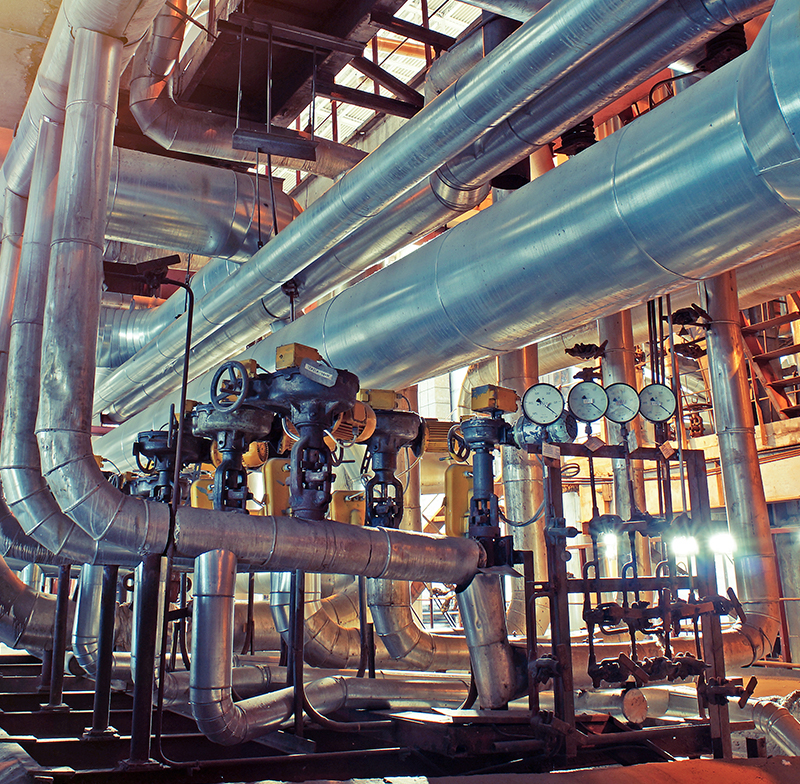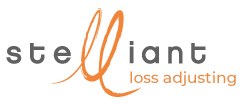Steam heat systems, risks under pressure
Pipes for transporting steam heat or superheated water are largely used in district heating. Some shorter length pipes supply industrial facilities. Heat is generated by multi-energy production sites. Hot water, superheated or in the form of steam, then travels through underground pipes to buildings in the neighbouring town. This means…
Pipes for transporting steam heat or superheated water are largely used in district heating. Some shorter length pipes supply industrial facilities. Heat is generated by multi-energy production sites. Hot water, superheated or in the form of steam, then travels through underground pipes to buildings in the neighbouring town. This means there are a large number of risks. Steam or superheated water discharge, explosions related to burst pipes, discharge from a valve, explosions resulting in large craters, blast effects, and more... incidents resulting from equipment failure or human error can have severe consequences: human casualties, damage to property and the surrounding infrastructure. In working on these claims, Stelliant Loss Adjusting leverages all of its industrial energy industry expertise, from energy production to steam heat distribution networks.
Steam heat: network-wide risks

For industry, steam heat is energy produced from superheated water. It is used for everything from diesel engines to nuclear engines to heating for homes and public buildings.
Incidents can happen during two main phases:
- During production: due to a breakdown, malfunction or poor performance.
- During distribution: due to a design flaw, faulty execution or improper system operation.
The loss could be caused by a calculation problem, misunderstanding of the data, operating error or equipment breakdown. Let’s look at an example: the same defect is found twice in the bearings of a steam turbine that is damaged due to lack of lubrication. When the incinerator was being built, a company installed the system that controls a backup pump. This pump starts if there is not enough oil in the bearings. The faulty system seized and was directly responsible for both losses in the turbine.
The role of Stelliant Loss Adjusting’s steam heat experts in this case is to survey the extent of the damage, determine the causes of the malfunction and attend court-ordered appraisal meetings to defend the company’s interests.
Steam heat loss adjusting: responding in a boiling hot situation

These industrial losses can cause major damage: human, material but also immaterial. The Stelliant Loss Adjusting constellation mobilises on an emergency basis to meet the needs of the professionals and individuals affected. To identify for certain what really caused the loss, the experts use advanced analysis tools (x-ray, tomography, scanning electron microscope, etc.). With precise analysis, backed as needed by investigations in our in-house laboratories, loss adjusters deliver their conclusions in a detailed technical report that is accessible to all insurance professionals.
Whatever the initial claim, Stelliant Loss Adjusting’s mobilised experts bring all their skills to bear to handle the unique features of each case. If needed, they can ask for support from other Stelliant experts to get a precise understanding of the insurance context and offer additional support to insurers and victims.
Dynamic claims handling
Stelliant Loss Adjusting is the ideal partner for crisis management. When the situation and the stakes require, Stelliant sets itself up in project mode, drawing on the range of skills that the Group has to offer.
To quantify the damage accurately and propose appropriate solutions, Stelliant Expertise is a team of dedicated and complementary loss adjusters among its constellation (energy experts, financial experts, industry experts, 250 construction experts including 200 certified CRAC), all specialists in their field.
For more than 30 years, Stelliant know-how has been committed to private individuals in the event of damage to their homes, but also to professionals in order to contain the risk of business on the entire chain, from advice to risk prevention with its subsidiary INQUEST upstream, to downstream repairs with its network of technicians, specialists in restoration.
key figures
years
of experience
cases
handled each year
loss adjusters
specialsts
